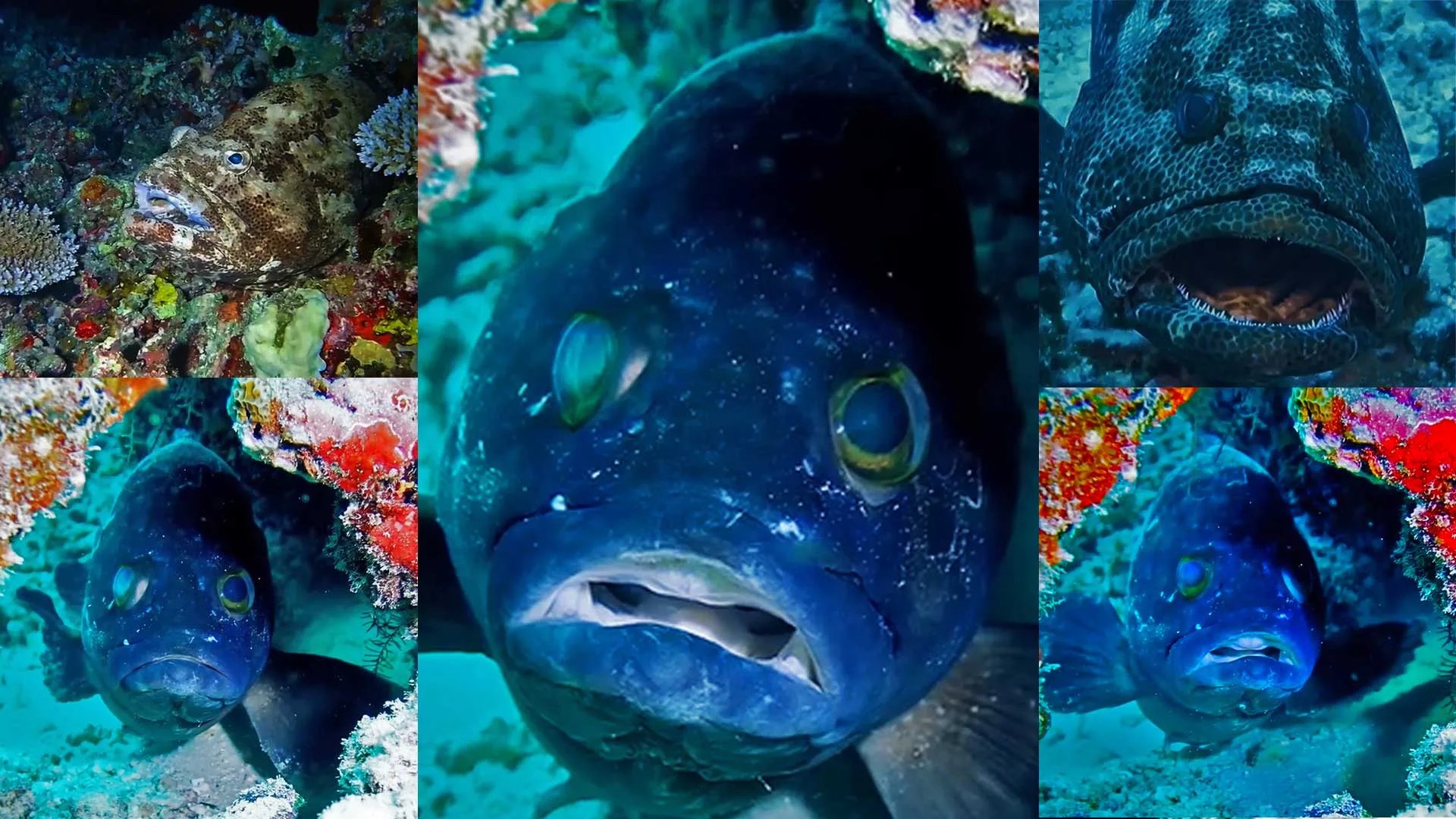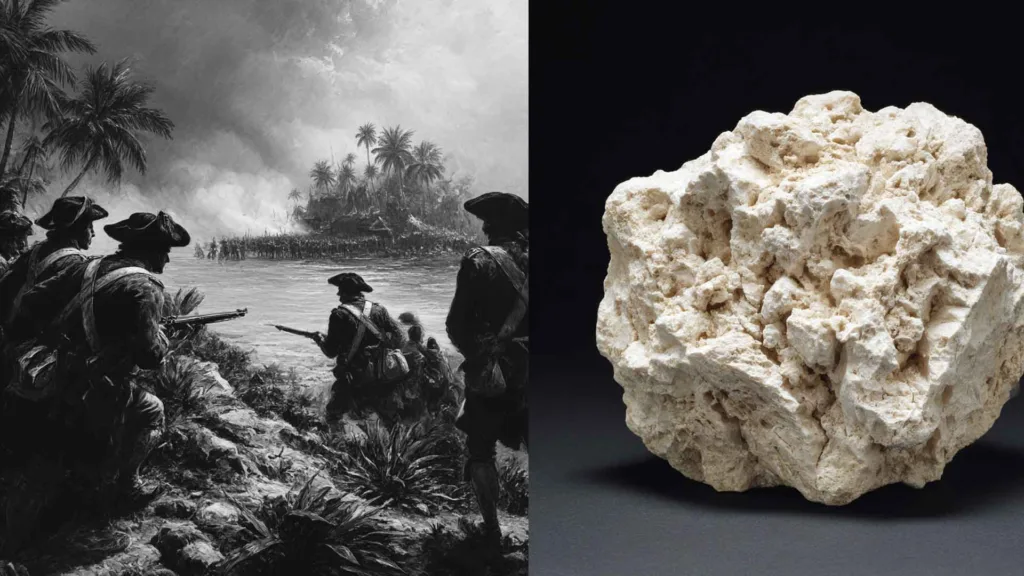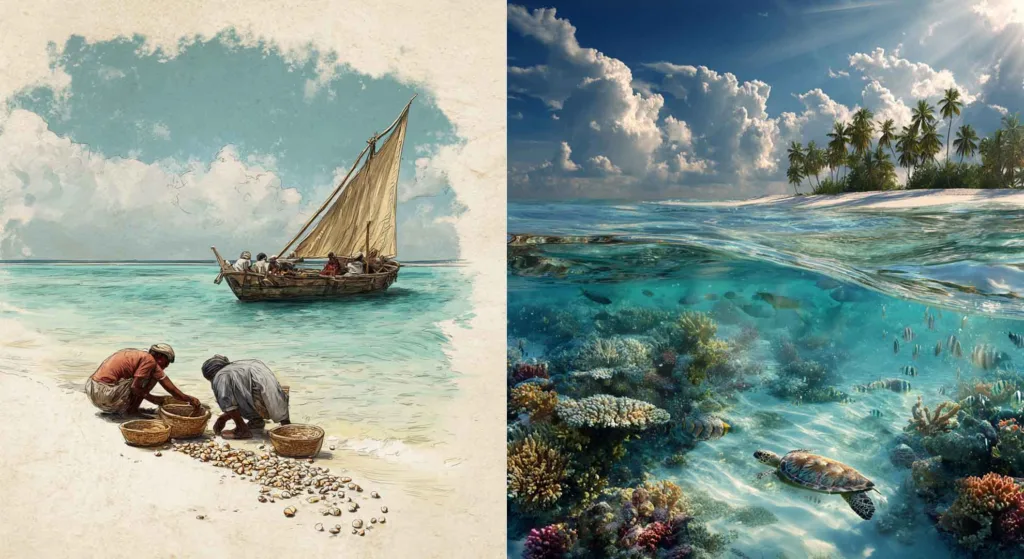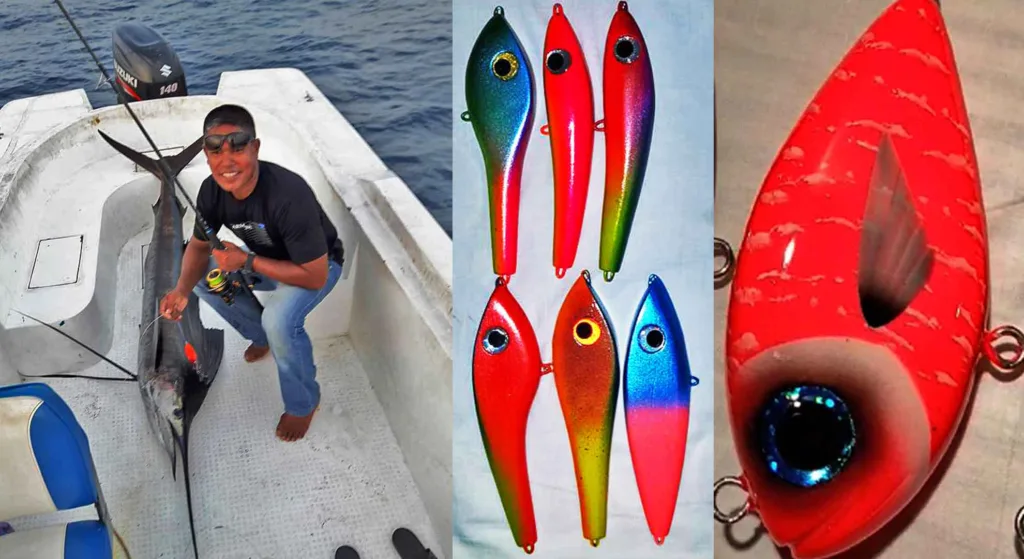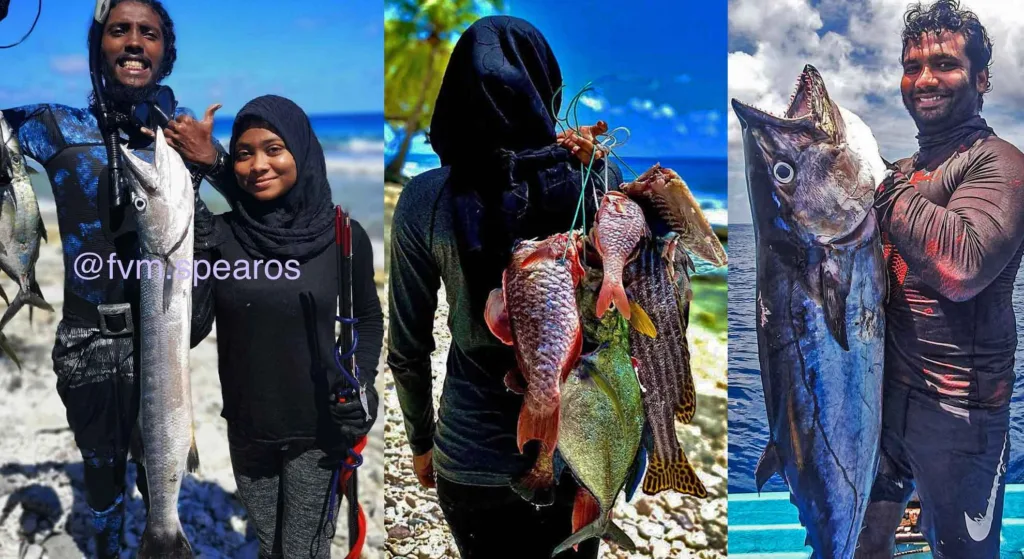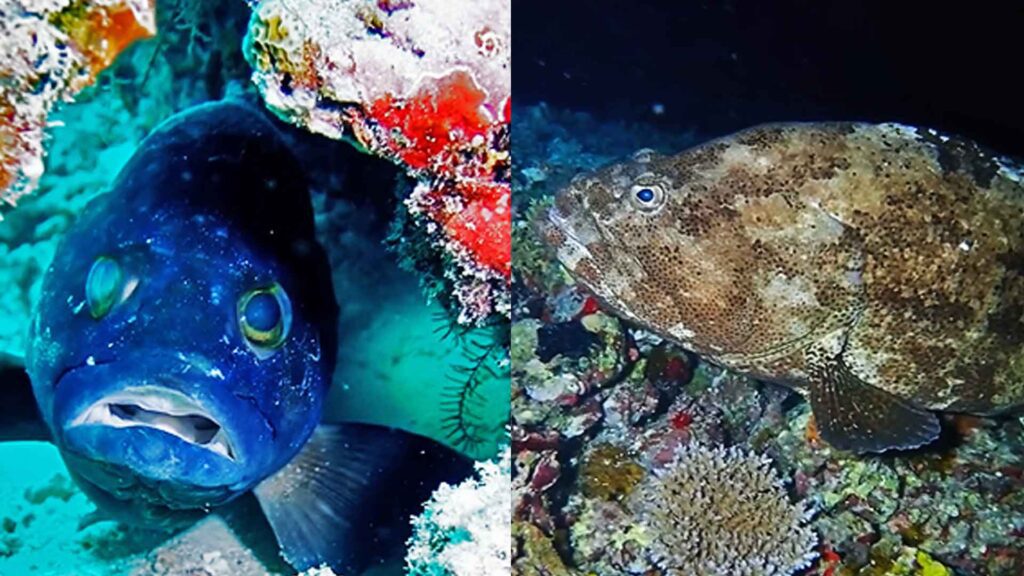
This is a series of articles I’ve decided to publish under the title “Diver’s Len.”
The goal of these articles is to inform readers about the species of marine life found in the Maldivian ocean and captured by photographers and videographers.
In addition to the photographs and videos, we have included an overview of general and scientific information about the species.
The photographer or diver has granted permission for the publication of the photos and videos in these articles.
The groupers, which are sometimes called cods or rock cods and usually refer to a certain genus, make up the biggest group. The biggest species, the giant or Queensland grouper, is said to be up to 3 meters long. Most species are about average size for reef fish. A few species are only about 20 cm long, but most of them are well over 30 cm long.
Almost all of the species in the Maldives live on islands where adults swim freely. When they encounter divers who are unfamiliar with them, they swiftly retreat.
There are a few species that live on open sand, but they are usually close to solid things that they can hide behind. The juveniles are shy and stay in the safety of reefs.
The diet consists of various mobile invertebrates and fish, with some species being crafty predators. To approach unexpected prey, some juveniles mimic small-mouthed wrasses. Most adult groupers are busy at dusk, when many other fish are looking for places to sleep on reefs and are confused or fighting with each other.
This is the optimal time for them to capture possible prey. Different species have different habitats, which might range from deep outer reefs to shallow harbours.
Reference
Anderson, R. (1997), Fishes of the Maldives. Marine Research Centre
Kuiter, R. (2014), Fishes of the Maldives. Atoll Editions
